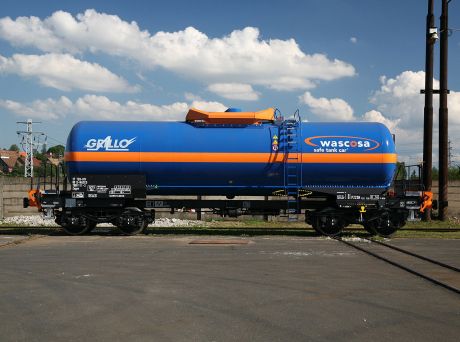From vandalising trespassers to disturbing suicide attempts, railway
infrastructure is often targeted by individuals who want to make a
statement or who are unhappy with their lives. This can cause a major
disruption of service for thousands of travellers and result in
significant delays. The EU-funded project
RESTRAIL
(Reduction of suicides and trespasses on railway property) aimed to
reduce the occurrence of trespasses and suicides on railway property.
These factors have been assessed as the most ideal prevention and
mitigation measures.
To achieve its aims, the project outlined best practices and research data from around the globe, analysing factors that influence these acts and investigating consequences. It studied current countermeasures to develop new ways of coping with occurrences, aiming to produce a set of recommendations and guidelines on the topic.
Bringing together experts from the rail industry but also from police, emergency services, academia and media, the project created a web-based toolkit to support authorities in reducing suicides and trespasses. The project team collected and analysed valuable data on railway suicides and trespassing accidents, in addition to having identified measures to reduce these incidents.
Among its key achievements, the project team developed tools and methods based on the most effective soft measures (e.g. media efforts) and hard measures (technical solutions). From education campaigns to high-tech deterrents, the railway sector can help discourage the phenomena in question and streamline operations.
By providing decision makers in the rail sector with the tools to mitigate suicides and trespasses, the RESTRAIL project will help improve the safety, security and reliability of rail transport.

